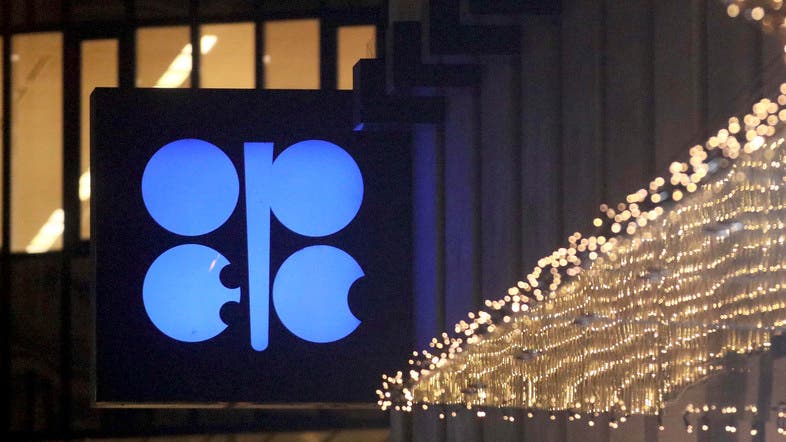OPEC and allied oil exporters took financial markets by surprise on Friday with a deeper-than-expected cut in oil supply, triggering a jump in prices.
The move by OPEC and friends tightens their grip over global oil markets as they prepare for a new wave of production from rival producers next year.
Oil prices surged following the announcement, with US benchmark WTI and its European counterpart Brent both nearly two percent higher shortly after 1500 GMT.
“This deal puts a floor under prices and sets the stage for higher prices as the economic environment improves,” said Gary Ross, CEO of Black Gold Investors.
The new squeeze on exports will remove another 500,000 barrels a day from world markets from next month, according to a statement issued after the meeting. This comes on top of an existing deal to reduce supply by 1.2 million bpd from October 2018 levels.
Analysts said the agreement was complicated by the fact that Saudi Arabia, OPEC’s linchpin, was already producing 400,000 barrels per day less than it had committed to under the earlier deal. Energy Minister Prince Abdulaziz bin Salman made clear at the press conference that the Kingdom would continue to pump below its allotted quota, and was now targeting a level of 9.744 million barrels per day.
“We will be contributing to the new cut by 167 (thousand barrels per day)… We will continue a voluntary cut of 400 (thousand barrels per day) which makes a total of 2.1 million barrels of cuts that these 24 countries have agreed,” Prince Abdulaziz said.
Prince Abdulaziz explained that Saudi Arabia was fulfilling its role as the world’s swing oil producer.
“The world expects us to behave and act — as we have always been with the world economy — we have always been a responsible and responsive producer. We do it both ways. When the world requires additional production, we come first to proffer that urgent need, and when the market requires some stabilization we also come to the aid of the market and we do that voluntarily,” he said.
OPEC and its allies will hold an extraordinary meeting on 5 March next year, three months before the next scheduled meeting, it said in the statement. This demonstrates the group’s readiness to take further measures if needed to keep markets stable, Prince Abdulaziz said.
The Organisation of the Petroleum Exporting Countries (OPEC) has managed to keep world markets relatively stable, between $50 and $75 a barrel, for the past three years through a deal with non-OPEC countries including Russia, Kazakhstan, Oman and Mexico.
The current range appears to represent a middle ground between the needs of consumers for affordable fuel on the one hand and the needs of producers – whether they are governments or private companies – on the other.
The US alone, which re-emerged as the world’s largest oil producer last year, has seen its output explode thanks to innovations in fracking technology over the past decade. America is expected to add more than a million barrels per day in new production next year, having added more than a million in the past 12 months. With more barrels also expected from Brazil, Norway and Guyana, countries outside OPEC are due to add a whopping 2.3 million barrels a day next year, according to the International Energy Agency. This is more than double the expected growth in demand for oil and so OPEC and friends are adjusting to keep prices from falling.
However, optimism is high among oil producers that a trade deal between the US and China might provide a boost to growth in 2020.
Ross of Black Gold Investors said oil prices were poised to move higher on the back of OPEC’s positive approach to market management: “We are still stuck in a range of $60-$65 per barrel for Brent, but the next move will be towards $65-$70,” he said.







































admin in: How the Muslim Brotherhood betrayed Saudi Arabia?
Great article with insight ...
https://www.viagrapascherfr.com/achat-sildenafil-pfizer-tarif/ in: Cross-region cooperation between anti-terrorism agencies needed
Hello there, just became aware of your blog through Google, and found ...